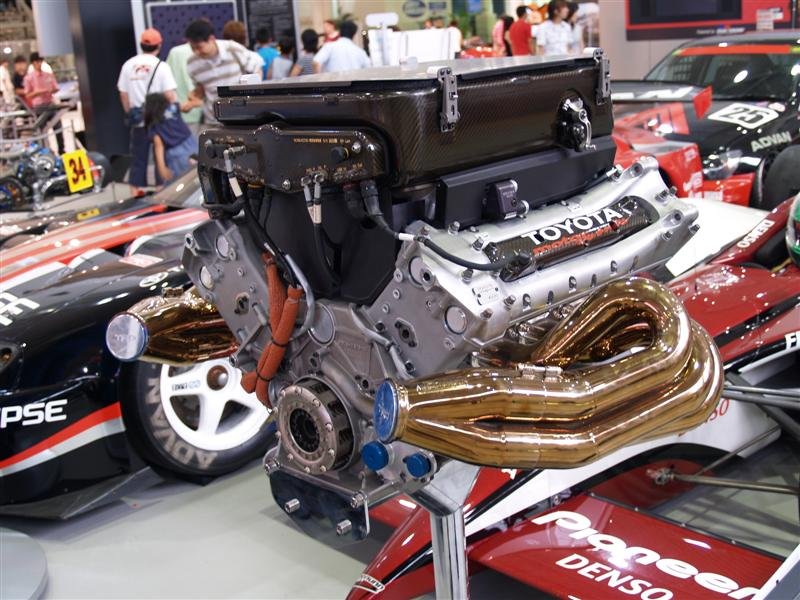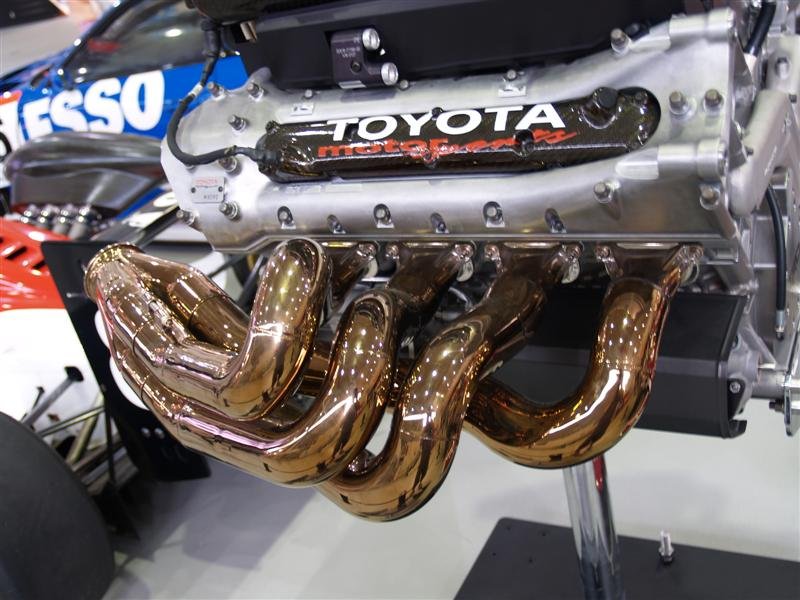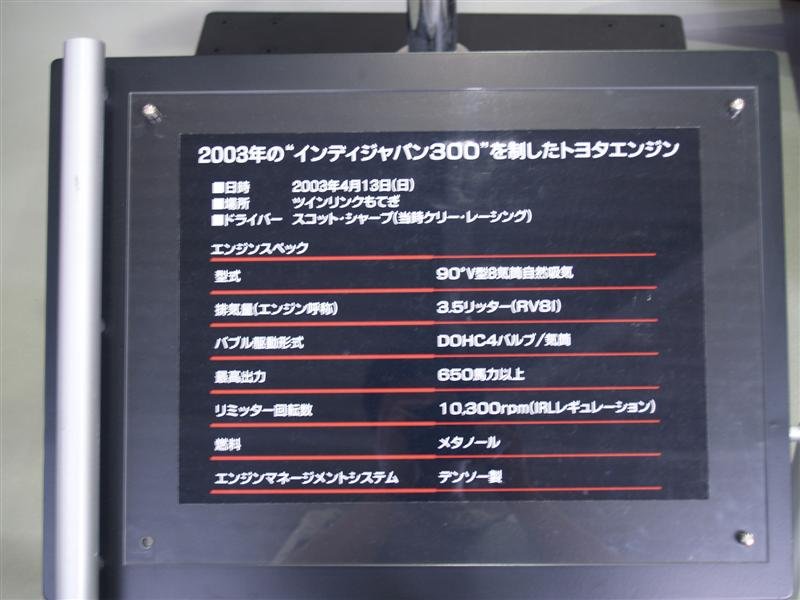rarson
New Member
- Messages
- 217
- Location
- Manchester, CT
JBrady said:I can't believe there are NO comments on the Pattakon VVA system.
With a little effort we could have TRUE infinitely variable valve actuation.
Honestly, I am not that impressed with my VVTi. With cams in the no overlap mode the intake closes WAY late and exhaust opens WAY early. With maximum overlap the opposite occurs, the intake closes too early and exhaust opens too late for high RPM power optimization. All the system does is change the phase between the two cams.
I would entertain replacing my system with this one. The trick on our engines is finding room between the lobe and valve for the VVA assembly. My thought would be a single lobe cam with the lobe between the valves.
Come on guys, think outside of the box here. Read the link.
It looks awesome. I think it's quite an ingenious thing. As for your VVTi, Nissan made SR16VE and SR20VE engines which was basically intake and exhaust cam V-TEC, and the cams actually switched one at a time (exhaust I believe was at like 5200 rpm and intake was like 7000). I've got a video of an SR20VE on the dyno and it's interesting to hear the change in exhaust... and then another!
Also, Nissan made a few cars with a special blue version (I believe it's called the N1) of the SR16VE, which made 200 hp, edging out the F20C of the S2000 in the hp/liter bragging rights. This was back in '91, too.



